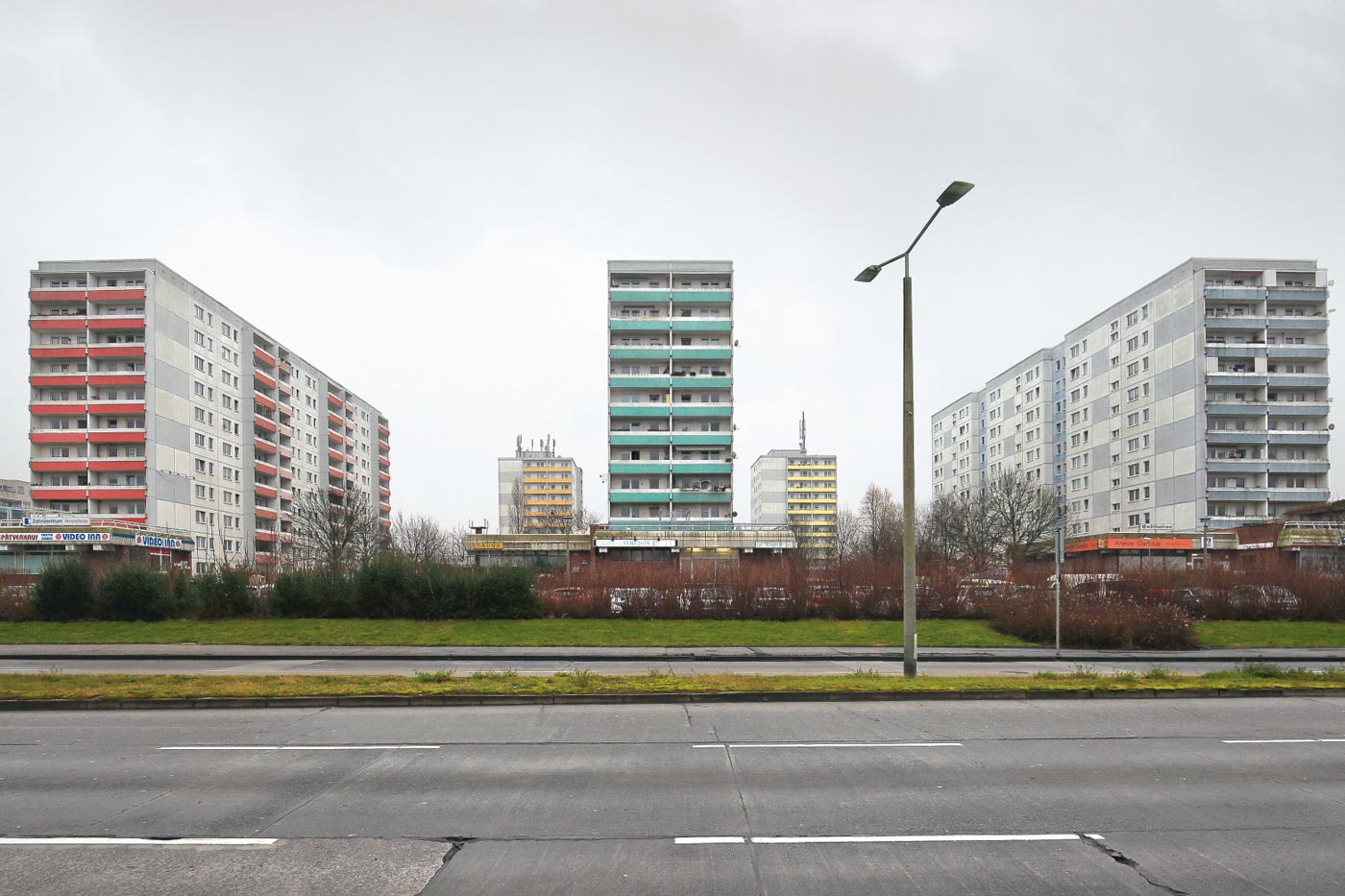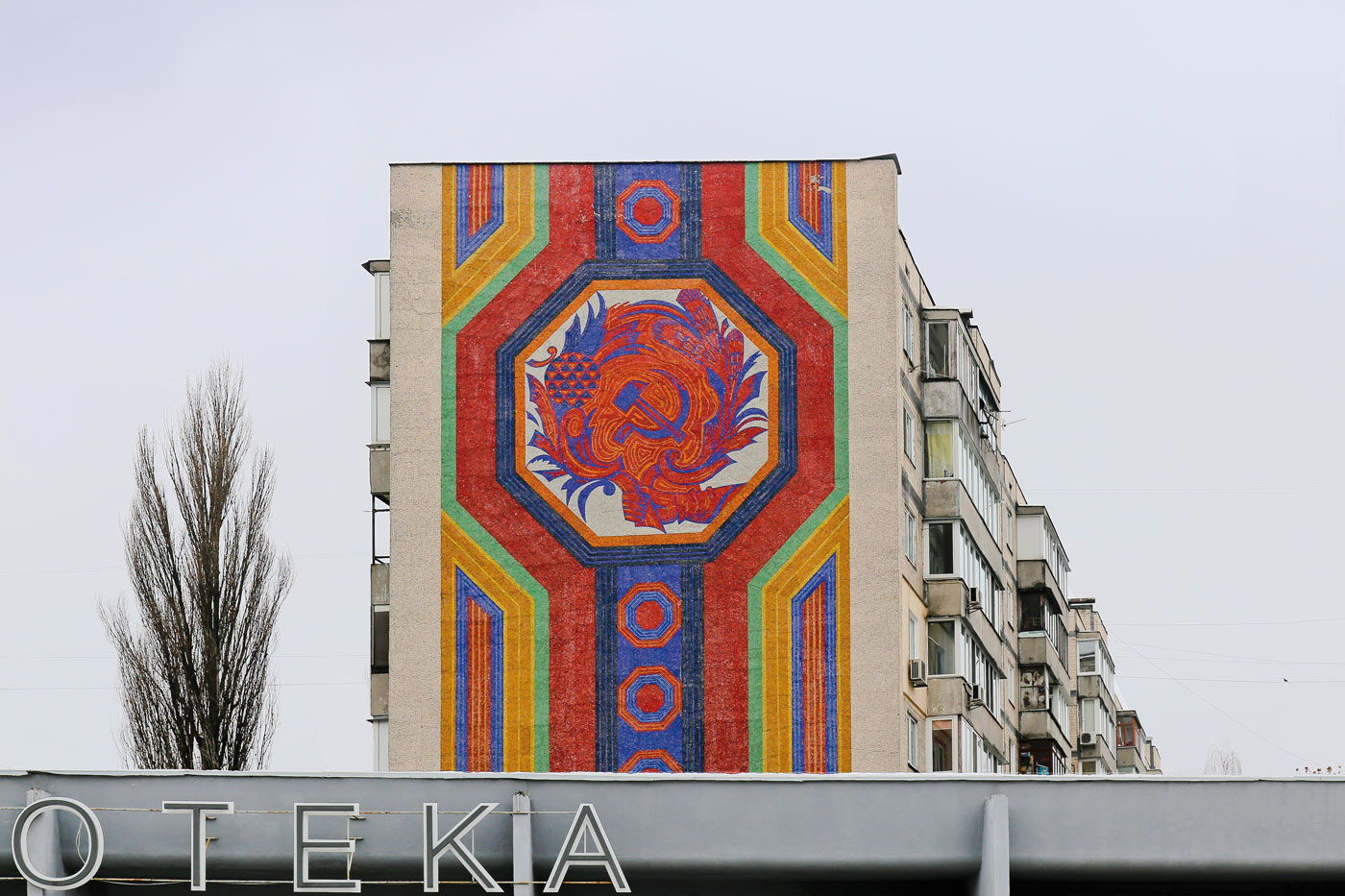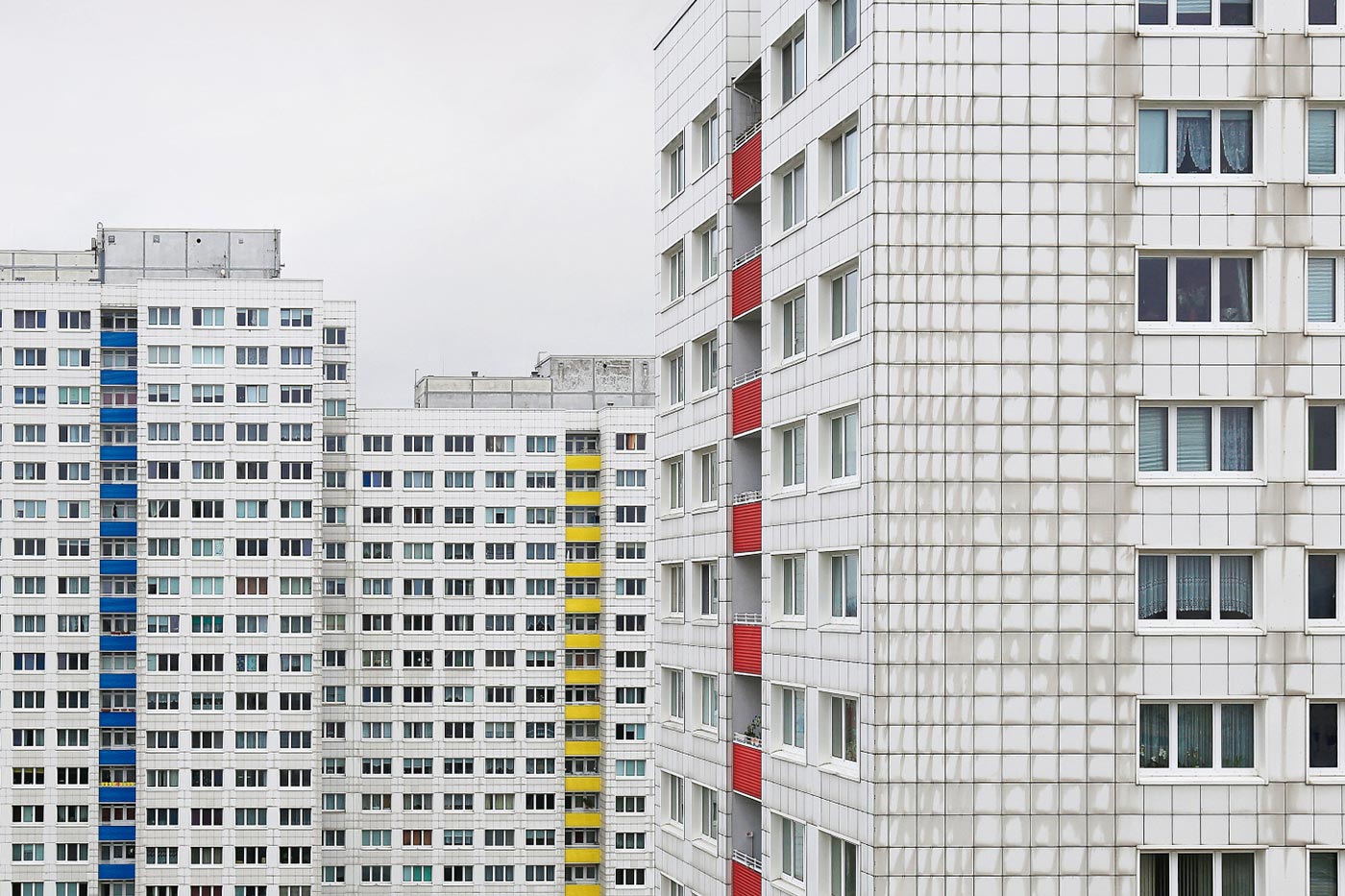The Iron Curtain was understood in the West as The Concrete Curtain. Everything behind it was perceived as mass produced and grey. People conveniently forgot that Chorweiler, Thamesmead, Chelmsley Wood and La Cité Rateau were on the ‘right’ side of the divide. Or perhaps they just assumed these examplars were the result of creeping Soviet influence. The truth is there is as much, if not more pure brutalism – cast in place concrete architecture that exhibits a ballsy visual flourish – in the West, plus a good deal of other modernism too. But the brutalism and the (shall we call it) ‘marketplace modernism’ - that is the cheaper, slightly shoddier deployment of concrete on a sublime scale, often utilising prefabricated panel systems and often for mass housing - when it appeared in the East, was always about spectacle.

All post-War public life here, architecture included, was about ‘the show’. If you thought PR was a slippery side-effect of capitalism, take a look at the supreme examples of promo films, photos, posters and books that tried to persuade everyone, their creators included, that everything in the communist world was ok. Highpoints of the spectacle include the Centre for Robotics, which brings the glamour of space and science to an arterial road in the Saint Petersburg suburbs.
Sometimes the suburbs were so big they resembled new towns, like Halle-Neustadt

Suburbs are where the book Eastern Block (Zupagrafika, 2019) places its focus. Not the sometimes bucolic, always boring suburbs of semi detached houses on that sinking rock just North West of Calais where Sunday roasts are quite popular, but ballsy concoctions of many rayons and microrayons comprising serious buildings - Marzahn, Novosmolenskaya, Ursynów, Yasenevo and Újpalota. Sometimes the suburbs were so big they resembled new towns, like Halle-Neustadt (aka HaNeu) in South East Germany. HaNeu today is an example of gutsy grandeur meeting the realities of maintenance budgets – anguilliform walkways and Plattenbau blocks that aren’t buffed or sheened look sad and crumbling. At least Poland, East Germany, Hungary and the USSR begat public housing and believed in it.

Highpoints of the spectacle include the Centre for Robotics, which brings the glamour of space and science to an arterial road in the Saint Petersburg suburbs.

The walls could be thin, flats small, and developments monotonous; and Communism did not equal freedom, but cheap, public housing was one positive legacy of the Eastern Bloc, ditto public transport and public art – canorous social realist sculpture and gratifyingly bonkers public art adorn many developments, with their grand public spaces to play in. Meanwhile the showstoppers of the East are enjoying a second life today – Skopje and Novi Beograd will blow your mind, The House of The Aviators in Moscow (did Corbusier care about how many times he was ripped off?) and the ‘UFO’ protrusion of the Kiev State Scientific and Technical Library still fascinate. The future of these buildings is uncertain. Their ideology doesn’t fit with the present and many are neglected or repainted in jaunty colours or privatised. Their enduring popularity among architects and critics says it all though.

The future of these buildings is uncertain. Their ideology doesn’t fit with the present and many are neglected or repainted in jaunty colours or privatised.


The text and images in this post were extracted from the book Eastern Blocks (Zupagrafika, 2019).
Photography: David Navarro & Martyna Sobecka © Zupagrafika
Text: Christopher Beanland (from the foreword to the book).
All text and images are © Zupagrafika. Unauthorized use or reproduction of any content is not permitted.













